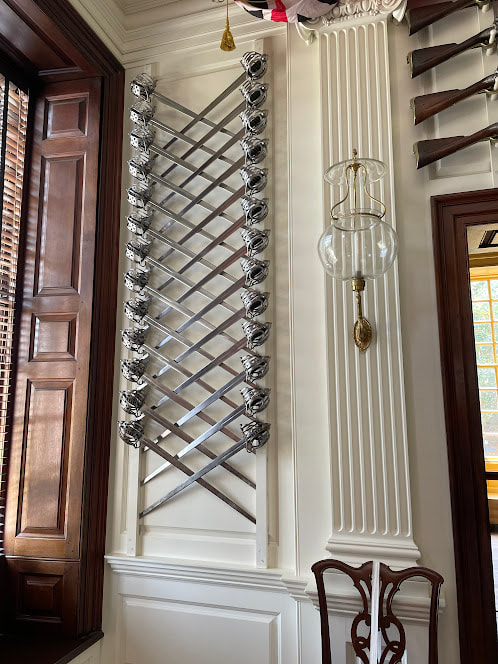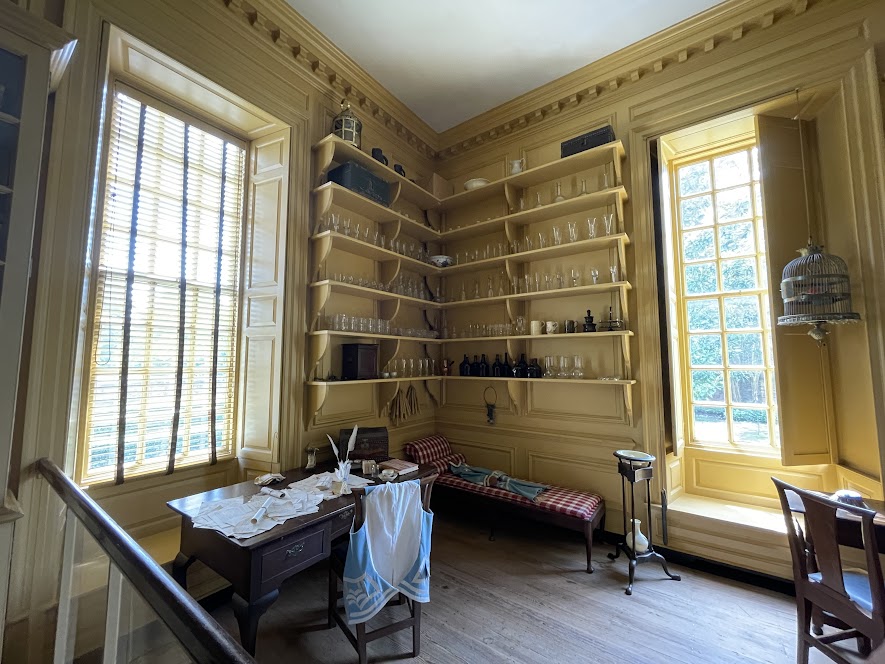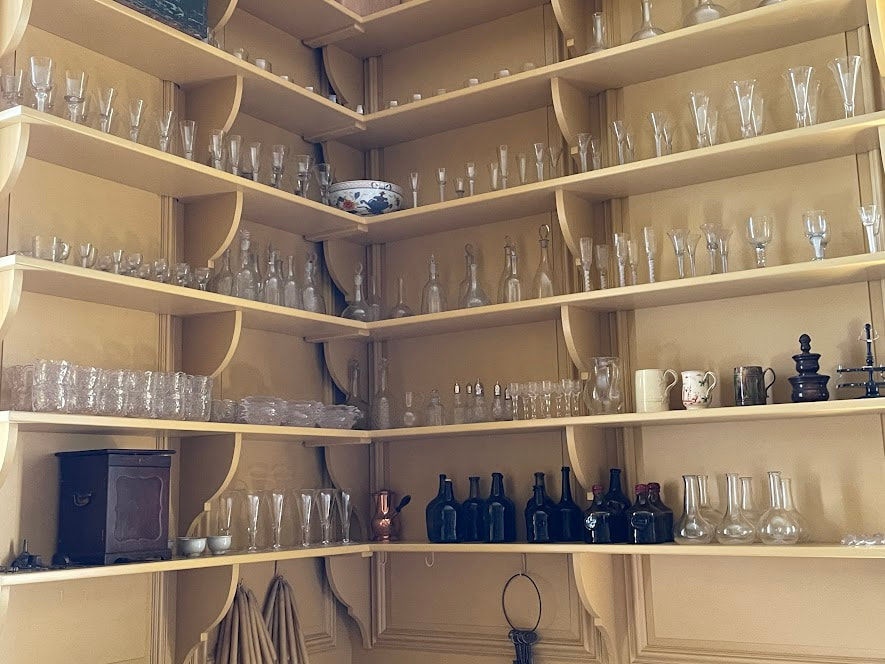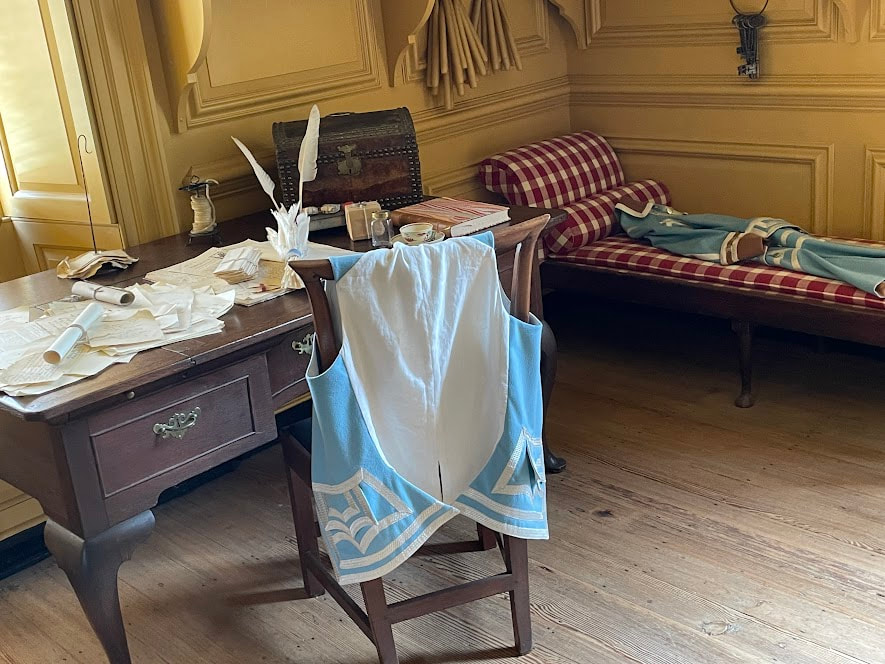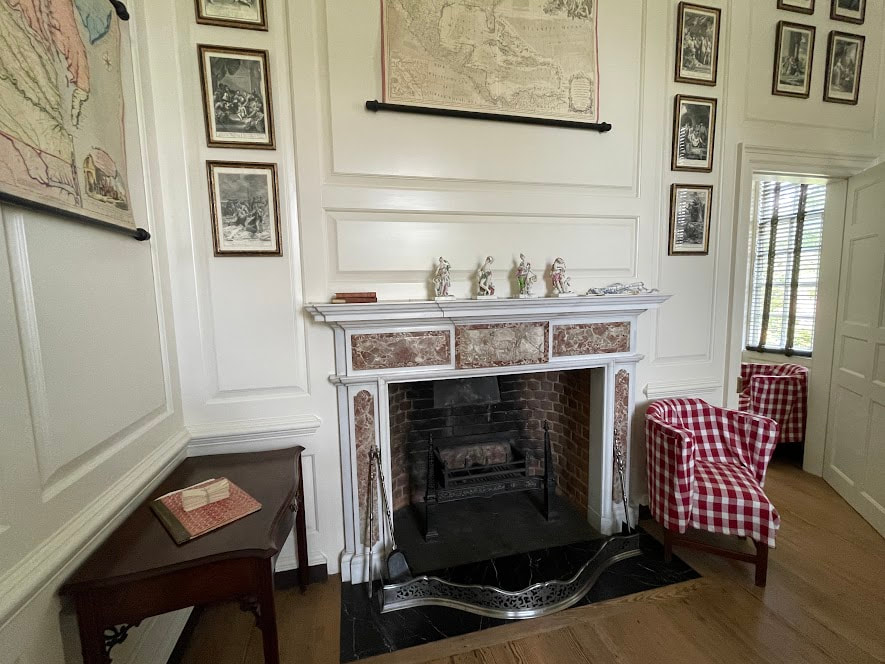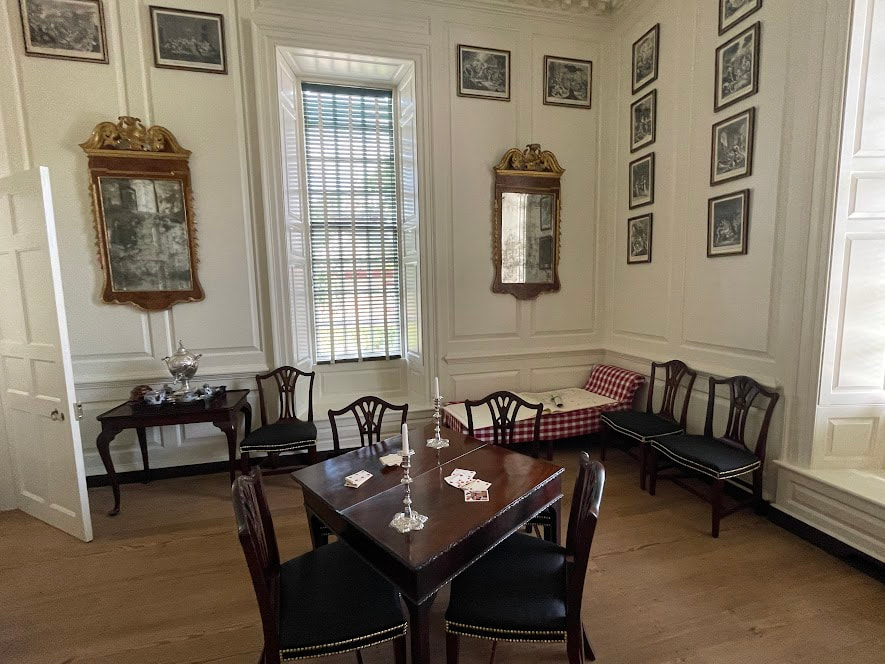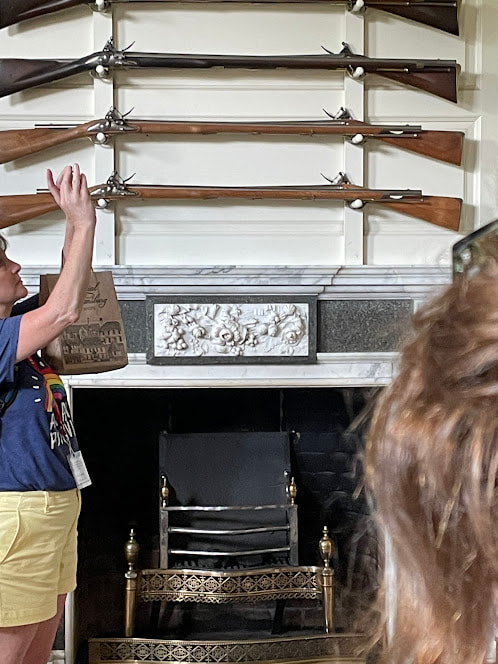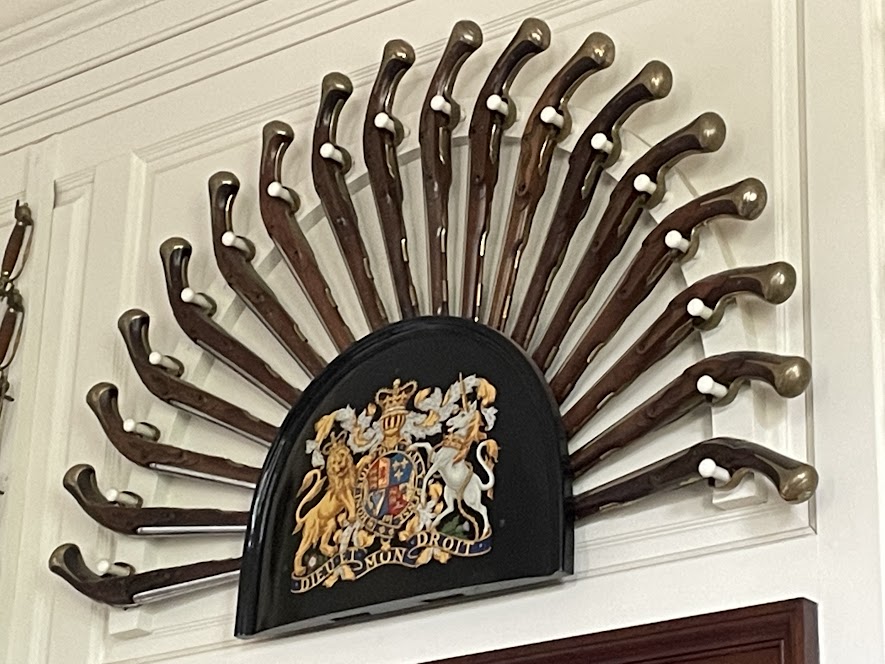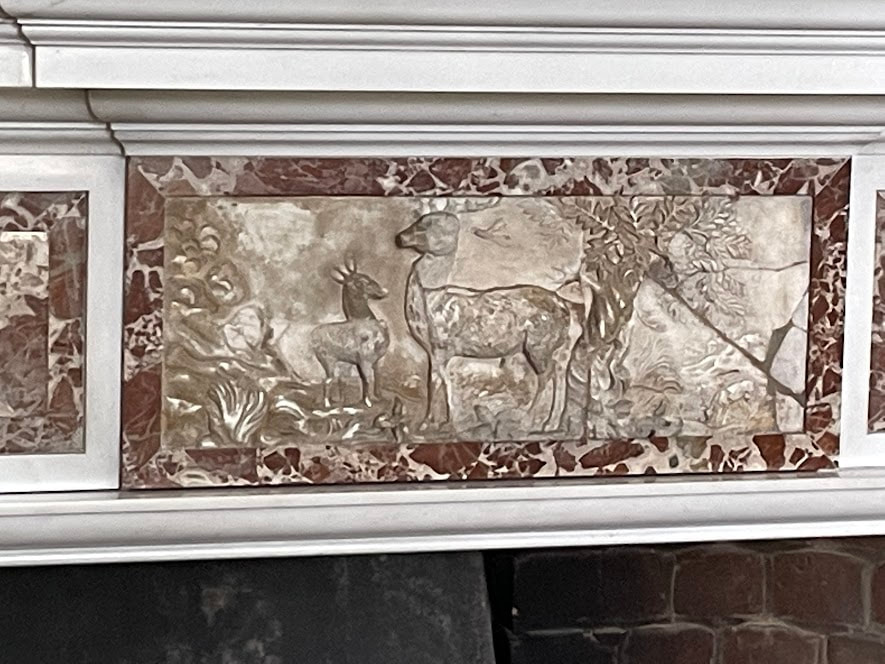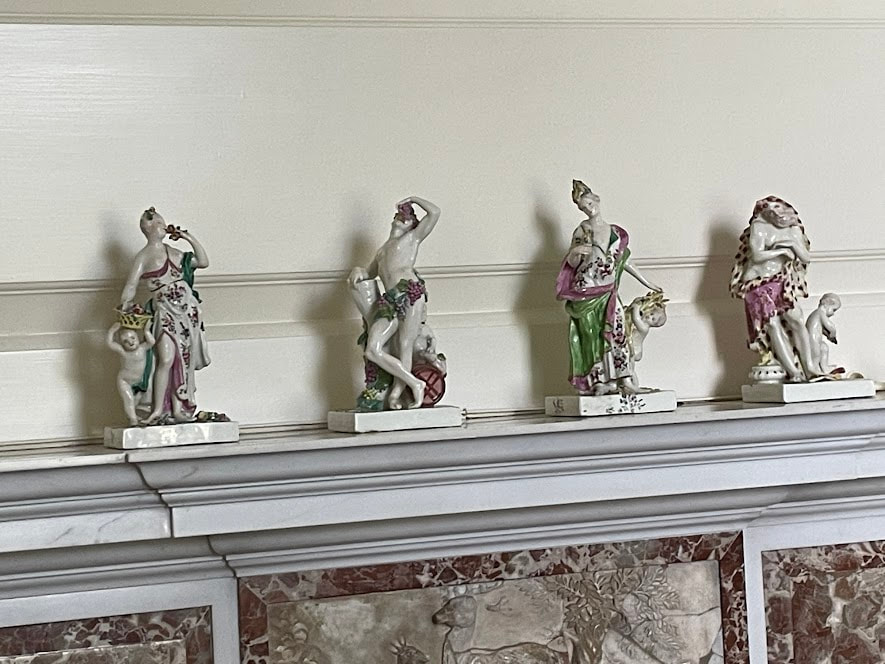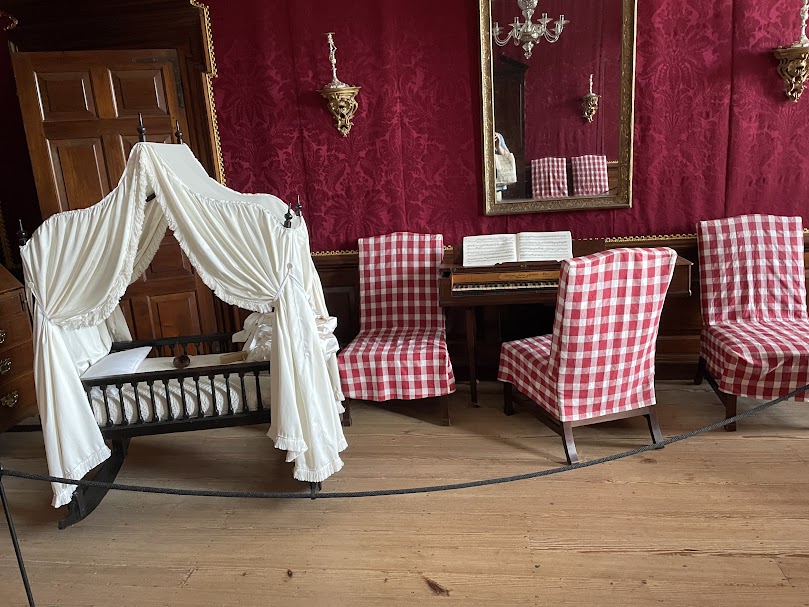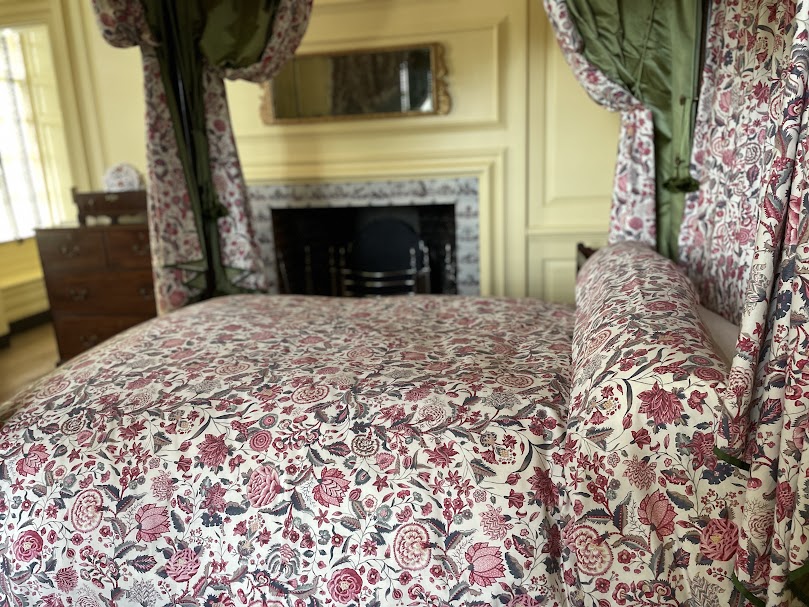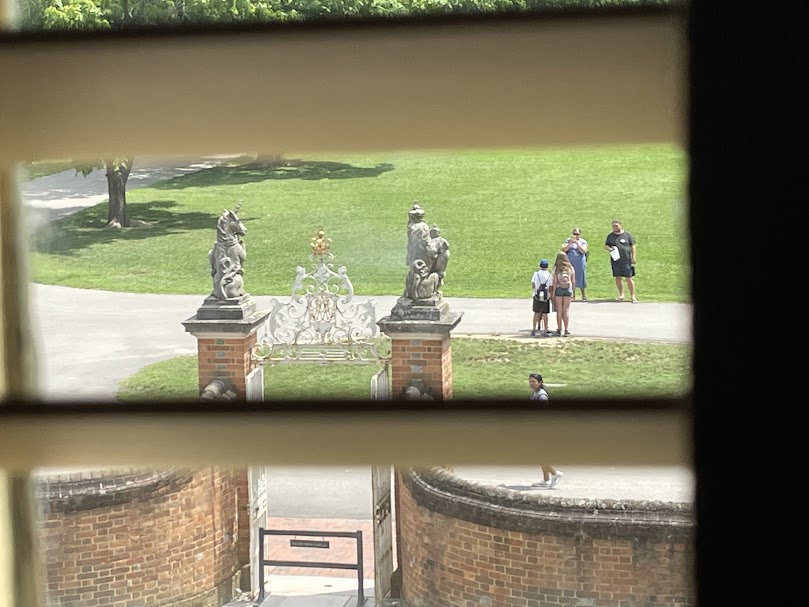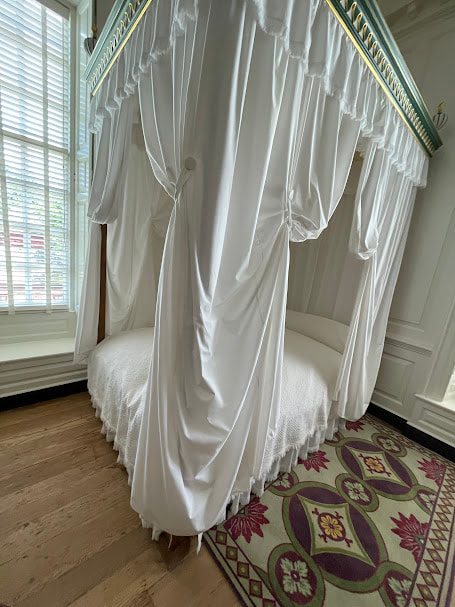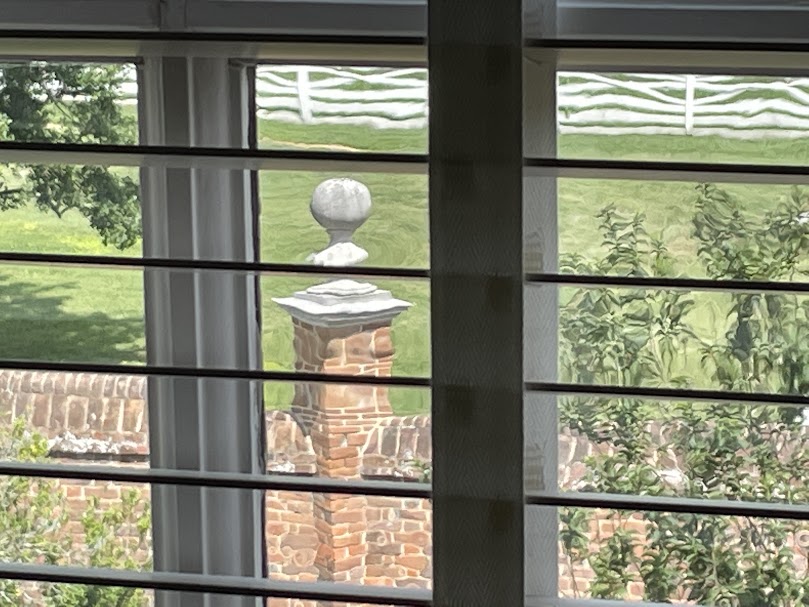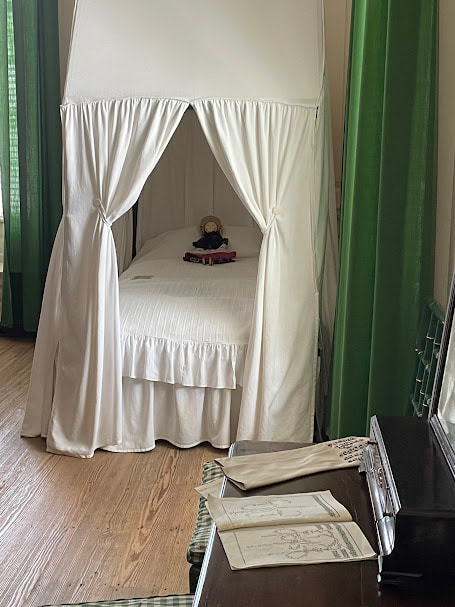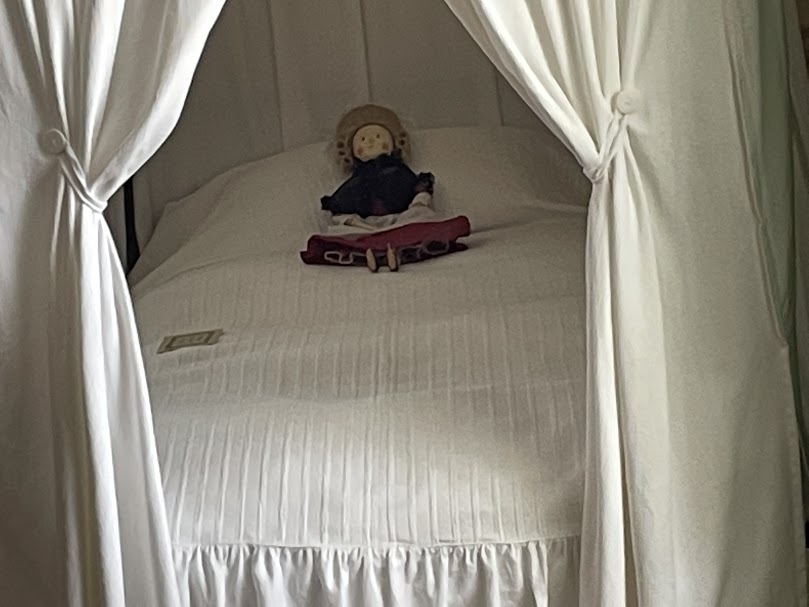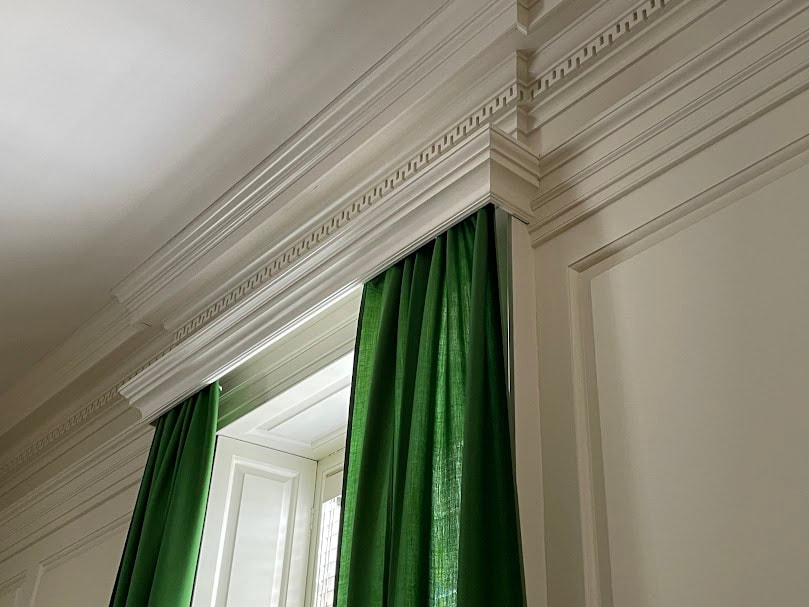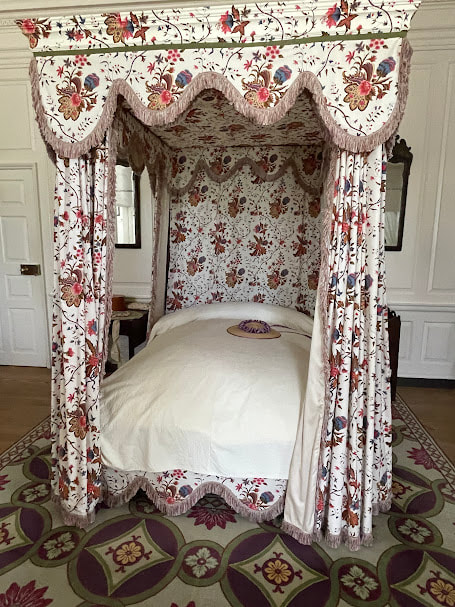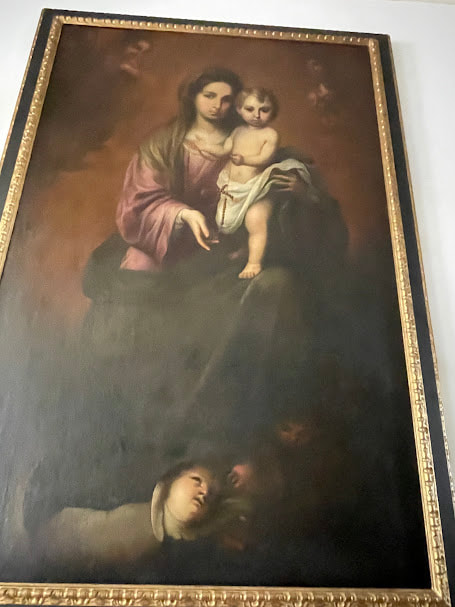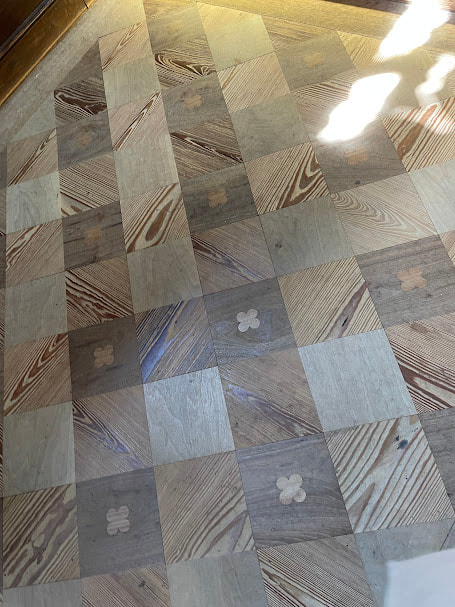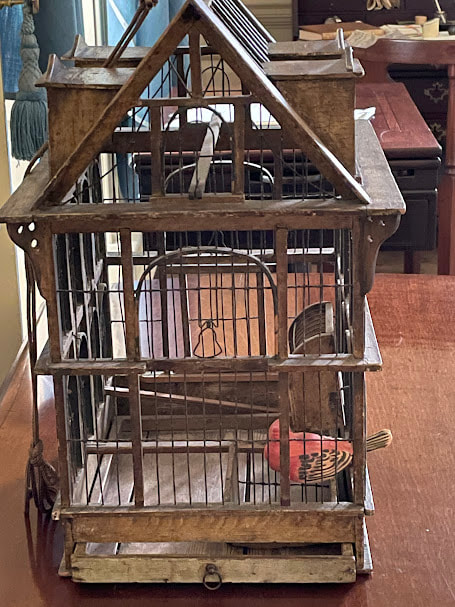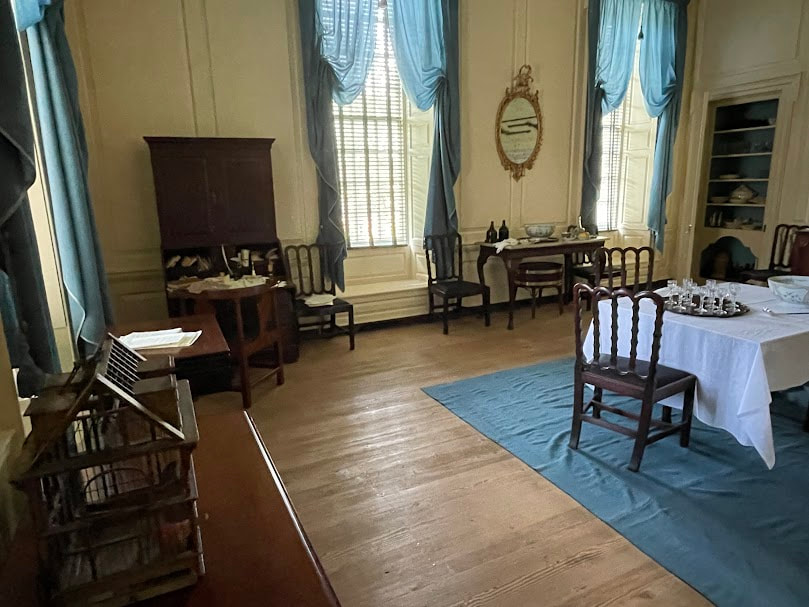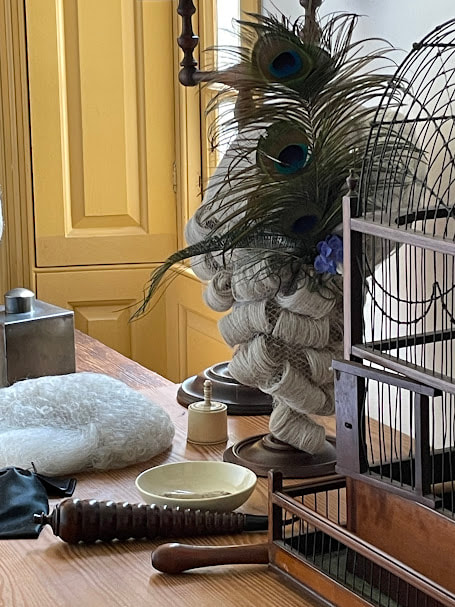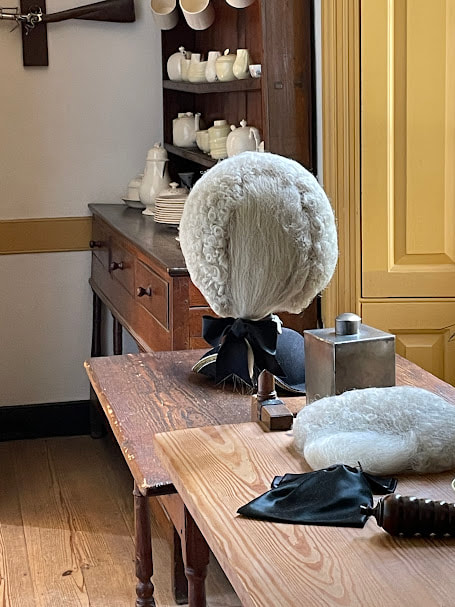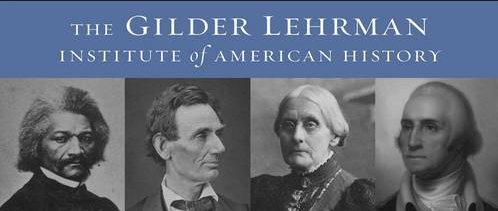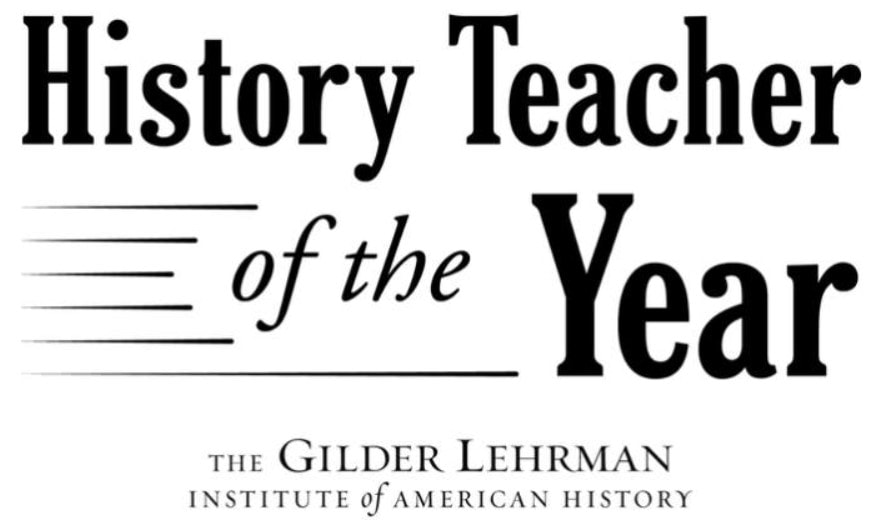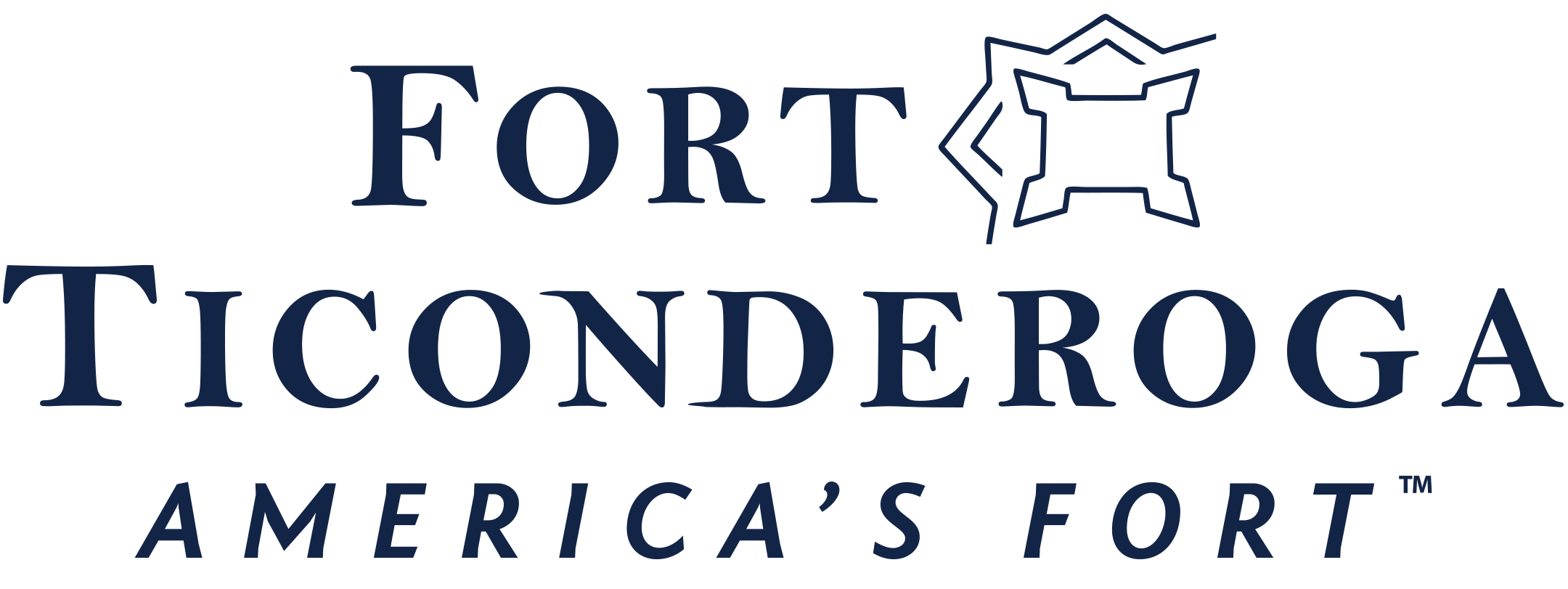The entry room is especially a show of force with crisscrossed swords and overlapping muskets in every direction of the eye. The room takes on an artistic flare as weaponry makes patterns awaken in the mind's eye.
| In the dig efforts, some items were recovered and included in the rebuild. Among them was an ornately-carved mantlepiece in the room on the right. | There are things to see and soak in from all directions as one imagines the governor's family living in this setting. It rivals and perhaps surpasses many modern governors' mansions in appearance, but in history, there would be few to rise to the occasion of this one. |
| Of course, it would difficult to discuss the Governor's Palace without mentioning Lord Dunmore. Dunmore was appointed to the role of governor on behalf of King George III, and he was as loyal to the Mother Country as one could get. The problem may come in that for many, Dunmore is a hero. After all, isn't he the progressive man who offered to set some of the enslaved population free? Well, actually there is more to the story: First, Dunmore only offered to set free the men owned by Patriots. He did not promise the slaves of Loyalists to be freed, and thus, the British did not have slaves running away to fight. Second, he only freed the men, leaving the rest of the enslaved family behind. And that's not to mention that when the British lost, many of the enslaved men who had cut the deal with Lord Dunmore were returned to their masters anyway. | Dunmore was forced to leave the Palace, running away from factions stronger than his own British resolve. He left some items in the Palace that are true to Dunmore's family, including the candle holders on the dining table (See tomorrow's report for photos). |

